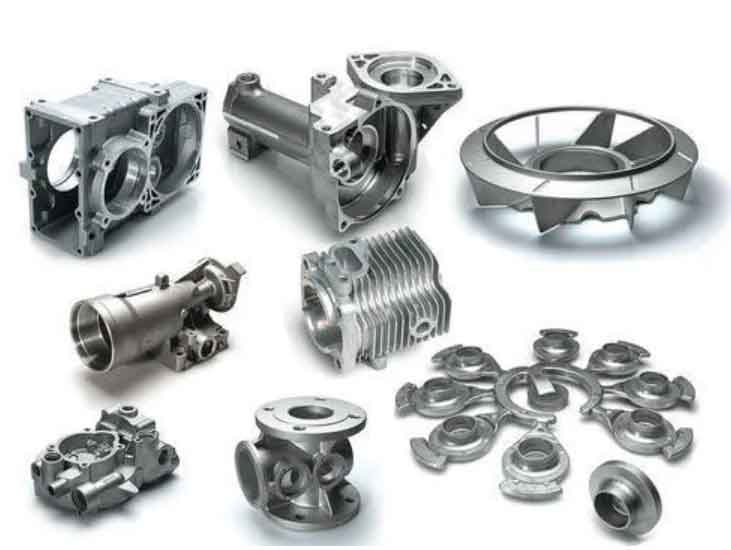
Grey cast iron production can be considered relatively eco-friendly due to several aspects of its manufacturing process:
- Recycled Material: Grey cast iron is often produced using recycled scrap iron, which reduces the need for extracting and refining raw materials. Recycling scrap iron helps conserve natural resources and minimizes the environmental impact of mining and ore extraction.
- Energy Efficiency: The production process for grey cast iron typically involves lower energy consumption compared to other metals, such as steel or aluminum. The lower melting temperature of cast iron and the use of electric arc furnaces contribute to reduced energy requirements.
- Lower CO2 Emissions: The production of grey cast iron generates lower carbon dioxide (CO2) emissions compared to some other materials. The lower energy consumption and the use of recycled materials result in a reduced carbon footprint during production.
- Longevity and Durability: Grey cast iron components are known for their longevity and durability, meaning they have a longer service life and need to be replaced less frequently. This aspect reduces the demand for new materials and helps in conserving resources.
- Recycling and Reuse: At the end of their life cycle, grey cast iron components can be recycled and reused to produce new castings. The recyclability of grey cast iron further contributes to sustainable practices and reduces waste.
- Damping Properties: The excellent damping properties of grey cast iron reduce vibrations and noise in mechanical systems. This characteristic leads to a more efficient and quieter operation, which can have environmental benefits in noise-sensitive applications.
- Sustainable Foundry Practices: Many foundries have adopted eco-friendly practices, such as implementing energy-efficient technologies, optimizing production processes to reduce waste, and using eco-friendly binders and coatings.
- Cradle-to-Cradle Approach: The cradle-to-cradle approach to grey cast iron production involves considering the entire life cycle of the material, from raw material extraction to end-of-life recycling. This approach aims to minimize waste generation and maximize resource efficiency.
However, it’s essential to note that while grey cast iron has eco-friendly aspects, its overall sustainability also depends on responsible mining practices for obtaining raw materials and the implementation of efficient and environmentally conscious manufacturing processes in foundries. As with any material, the sustainability of grey cast iron depends on continuous efforts to improve production methods and minimize the environmental impact throughout its life cycle.
